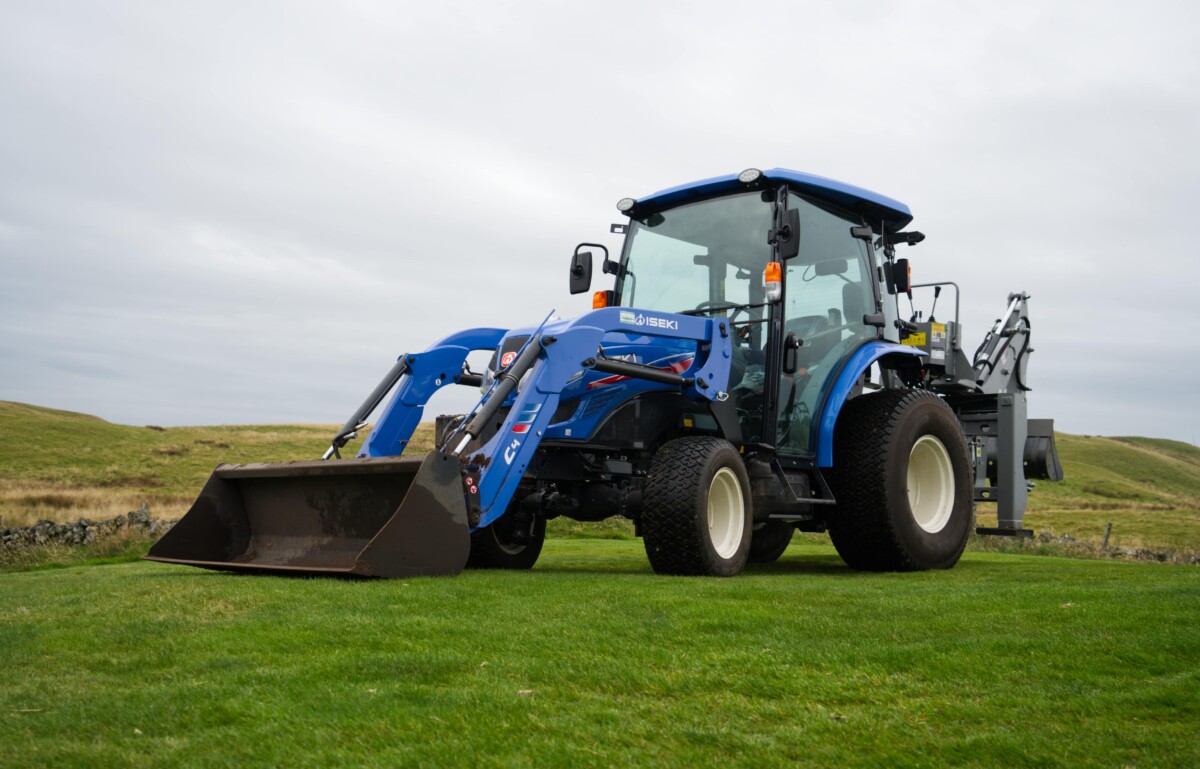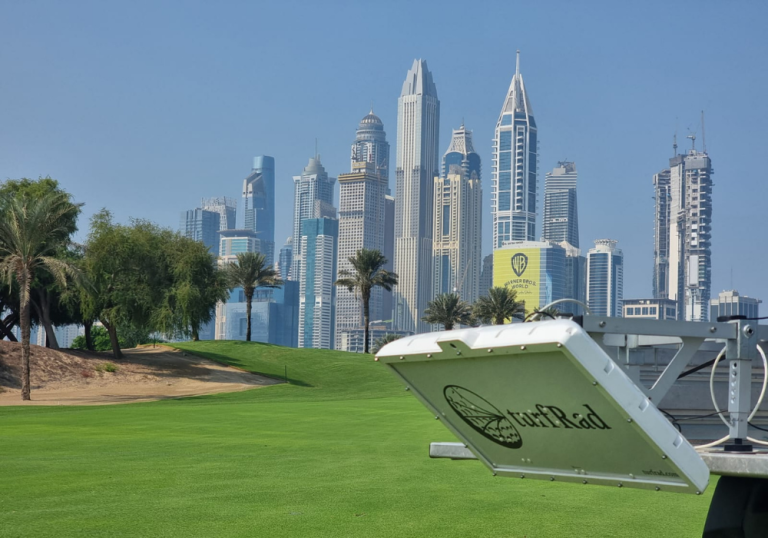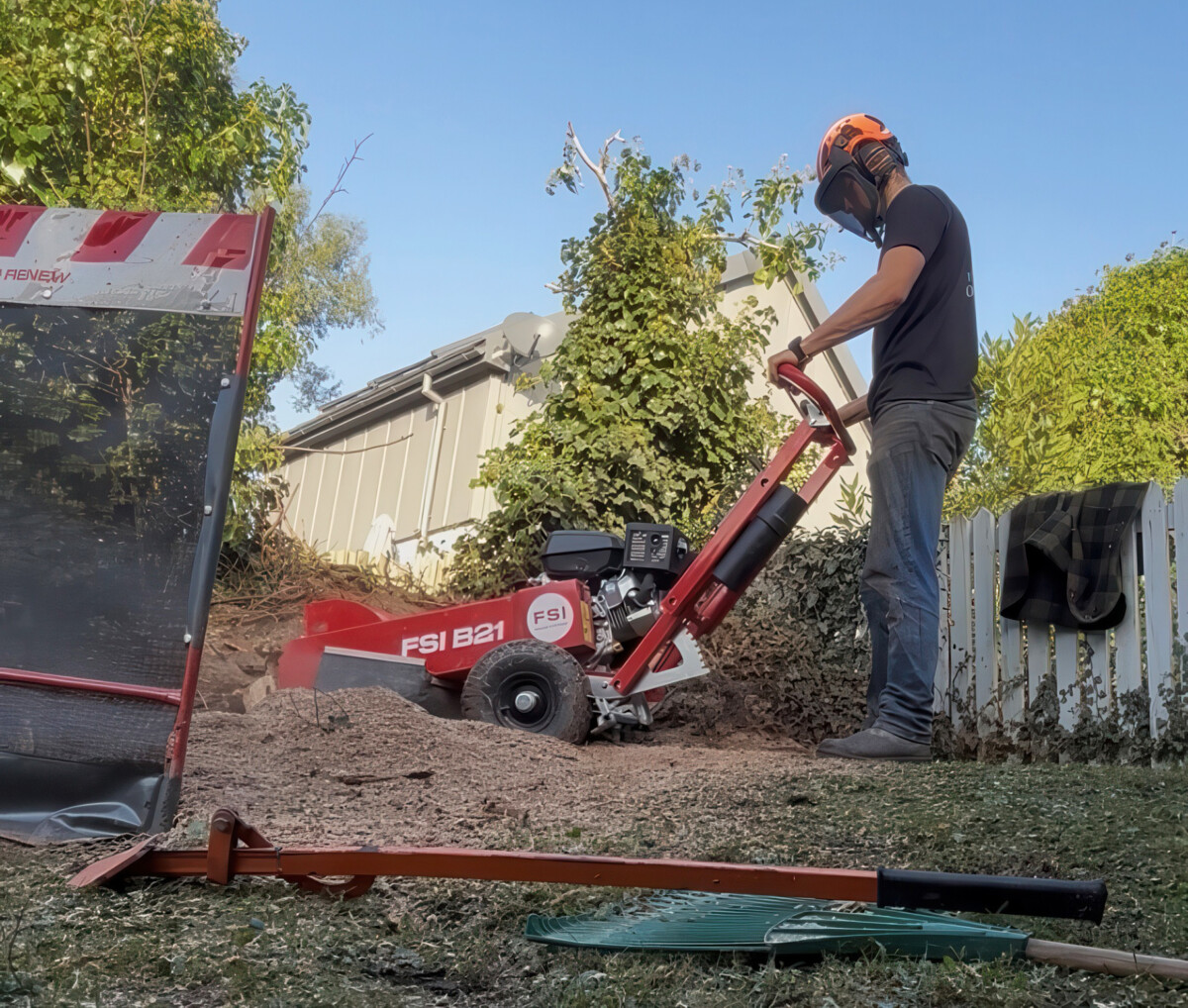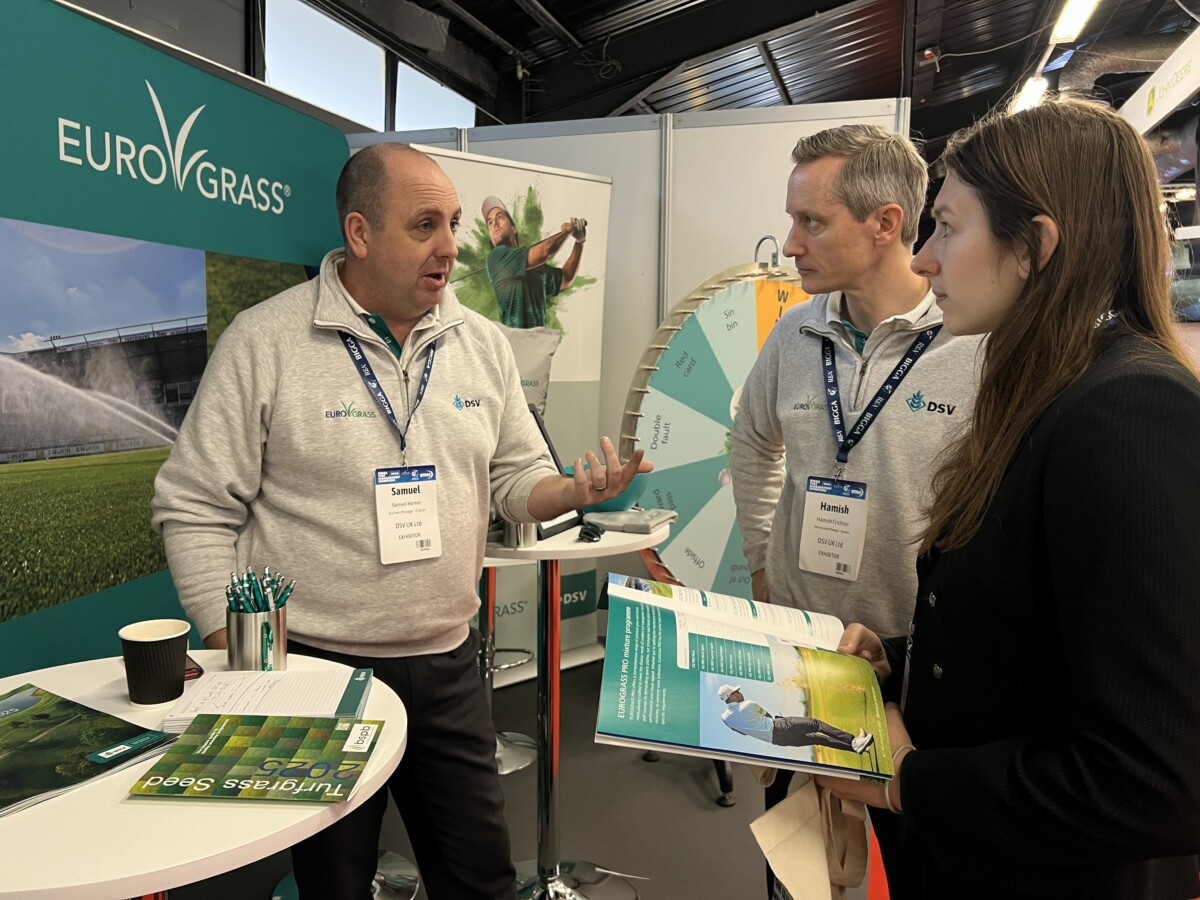Keep pond algae under control: With mild summer conditions proving a catalyst, preventative action using cultural control methods is encouraged to effectively manage filamentous algae.
Filamentous algae, known as blanket weed, begins life underwater forming visible mats of weed near the surface or clinging to plants after considerable growth below surface has occurred.

Keep pond algae under control
Left untreated, this common weed spreads quickly and can cover the entire surface of a pond, reducing light and available oxygen leading to risk to aquatic life. At this stage, biological treatments will no longer be as effective.
Dr Abigail Graceson, Technical Manager for Agrovista Amenity said: “When filamentous algae are allowed to proliferate to the stage where the majority of the water’s surface is covered, our solutions are limited.
“That’s why it’s important to take a long-term approach to management. This includes reducing the use of fertilisers close to the water’s edge, increasing the amount of oxygenating plants, and creating a buffer zone around the edge of aquatic and semi-aquatic plants.”
Products which can help to manage pond algae fall into three categories – biological, enzymatic and physical. Biological products manipulate the aquatic environment through introduction of bacteria which feed on excess nitrates and phosphates in the water, reducing their availability to the algae.
Enzymatic products disrupt the molecular structure of weed, causing the plant to completely break apart.
Finally, there are two main types of physical products – dyes which reduce the amount of sunlight penetrating below the surface of the water; and products which capture the algae within a substrate preventing it from absorbing nutrients.
Dr Graceson recommends understanding why the algae is growing excessively in the first place, to help inform control methods and product selection. With no authorised traditional chemical control treatments, often physical intervention will be required once algae have become established.
She added: “Enzymatic products are likely to assist with the control of existing problematic algae, but most treatment options are most effective when applied preventatively, or at the very start of visible signs of excessive algal growth.
“If sufficient amounts of algae are removed through physical methods, such as through raking, then a bacteria-based product may then help with ongoing control.
“If you are concerned about removing aquatic creatures during physical removal of algae, leave the algae at the side of the pond for a short while so they can return to the water.”
For further algae control advice, contact enquiries@agrovista.co.uk
For the latest industry news visit turfmatters.co.uk/news
Get all of the big headlines, pictures, opinions and videos on stories that matter to you.
Follow us on Twitter and Instagram for fun, fresh and engaging content.
You can also find us on Facebook for more of your must-see news, features, videos and pictures from Turf Matters.


























